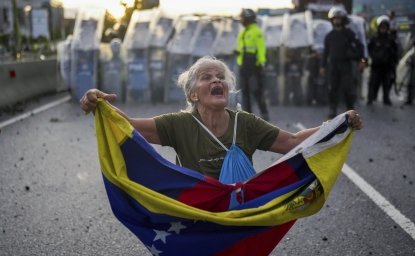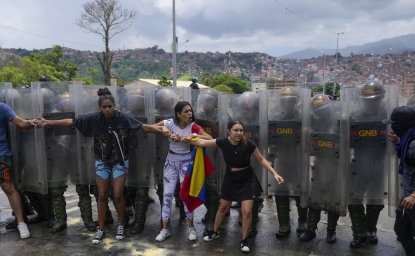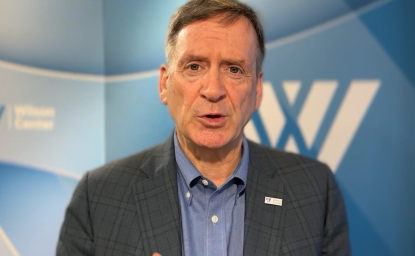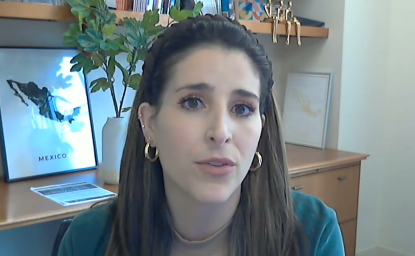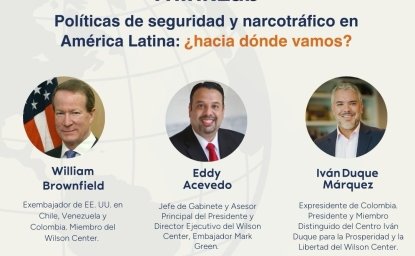The Latest
Quick analysis from the experts
Around the world, approximately 690 million people still live below the international poverty line of $2.15 a day. In this Point of Clarity, GiveDirectly Senior Advisor Rory Stewart joins us to discuss how cash-based assistance—the direct transfer of cash to families in need—can help to end extreme poverty.
Video Transcript
-
Points of Clarity | How Does Cash Assistance Work?
Guest

Rory Stewart
GiveDirectly Senior Advisor
Explore More
Browse Insights & Analysis
La esencia de la infraestructura global: perspectivas del líder de la industria Matt Harris
Duration:43:25Posted date/time:
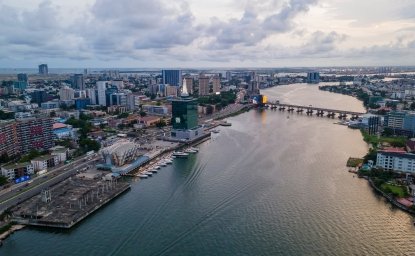
The Innovative Landscape of African Sovereign Wealth Funds
Posted date/time:

Lessons from Costa Rica’s Economic Transformation
Posted date/time:
